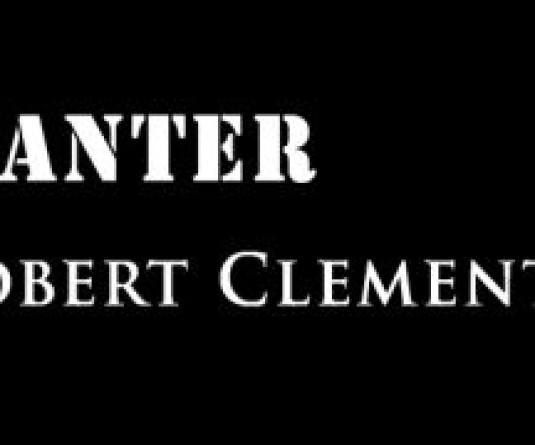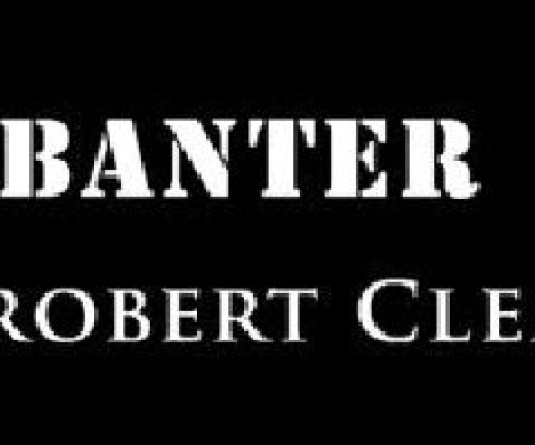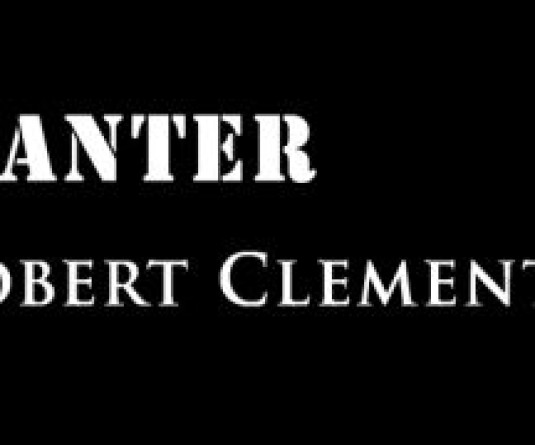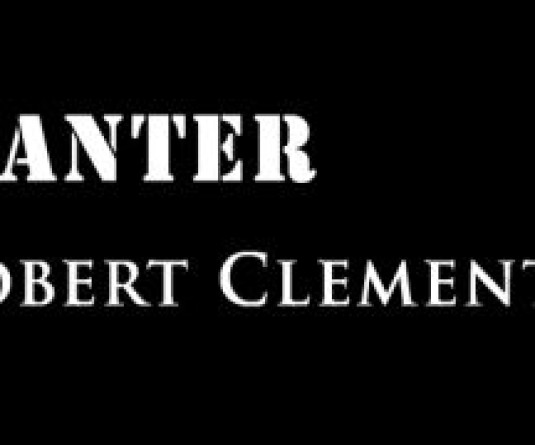
We all have stories to tell. Stories about joy, sadness, accomplishments, failures or other emotional things that we have lived through. Oral history listens to these stories. Oral history is the systematic collection of living people's testimony about their own lives. Historians have finally realized that the everyday memories of everyday people, not just the rich and famous, have vast historical importance. Rich in personal triumphs and tragedy, oral history is the history of the common people.
The topic of our seminar 'Oral Literature' is actually an oxymoron, because 'literature' is what it is 'written' and 'Oral,' is defined as not being written, but passed down orally from generation to generation or from person to person. Therefore to use the term 'oral literature' perhaps would be erroneous as it would deny 'orality' its primary communication mode... ie to be oral. But on the other hand it has also been noted by scholars like Goody and Watts that even in the most literate cultures, important aspect of life are communicated orally. Expressing this dichotomy a suggestion was put forward by Bruce A. Rosenberg to replace the term 'oral literature' with 'Oralature' but it has not' become vogue among its practitioner.
Anthropologist and folklorist researching on the dichotomy whether a culture is purely literate or oral have discovered that rarely a society is entirely oral (non literate) or literate (literate) but a mixed of both. According to Ruth Finnegan some degree of literacy has existed among all cultures all over the world for thousands of years.
In the Naga case thought formal writing is absent the depiction of 'meanings' in forms and patterns in shawls 'Tsungkotepsu' (worn by Ao men only) and ‘supeti’ worn by Ao womenfolk are perhaps distinct attempts towards a literate culture. Besides being a 'clan marker’ they have a distinct story to tell. Therefore we can conclude that a rudimentary form of writing did exist among the Nagas. But due to paucity and limited uses of such sources, compounded by the absence of conventional sources (such as archeology, literary, numismatics and epigraphy) construction of Nagas past (history, culture, religious beliefs, customs, political institutions) is basically depended on oral sources. (Folktales, myths legends, songs, poems, art, artifacts)
As student of history, my concern therefore is basically about using oral history for construction of our past and present, in other words especially about "Doing Oral History in Nagaland "
History as a disciple has benefited a lot from interdisciplinary studies. From quantitative methods, learned from statisticians historians have learned to gather and interpret date from census and notarial. Textual analysis learned from specialist in literature, helped historians to read into memoirs, diaries. Discourse analysis from philosophy and from literary critics enabled historians to read meaning in rituals, and symbols. Also tools learned from anthropologist, archeologist, biologist, genealogist etc gave a broader and wider perspective in historical writings.
And of late oral history has become an agreed methodology among historians especially for writing history of pre literate oral culture, m Africa oral history (folklore) has served in the Nation building process and in Britain (1970) it has grown from being a method in folklore studies to become a key component in community history. Oral history by now has become an important means by which the non-academics can actively participate in 'making history.' It has also served as an alternative to elitist form of historical writings. For the first time the marginalized in the society (women, labor, blacks) found a foothold in history. Oral history thus gave a voice to those who were 'hidden from history.'
'ORAL HISTORY thus can be can be defined as 'recording, preserving and interpretation of historical information, based on the personal experiences and opinion of the speaker. It may take the form of eye-witness evidence about the past, but can include folklore, myths, songs, and stories passed down over the years by word of mouth.' And according to Paul Thompson 'Oral history is the first kind of history' Concerning North-East Birendranath Datta remarked that it is the home of 'a bewildering variety of ethnic groups' and a 'folklore paradise.' And speaking in the same vein prof. Temsula Ao writes oral traditions among the Ao (read as Nagas) 'covers the collective history of the people, the belief system and all the principles governing community life of the people. And these are relayed through myths and legends, folktales, folksongs, rituals, appellation, textiles, art and artifacts. But sadly it (oral traditions) has not received its due attention from the academia.
In the Naga case Oral materials can serve in two areas: reconstruction of our immediate past and the construction of present contemporary history.
The above article is drawn from a paper presentation during a panel discussion on March 19, 2011 at NEZCC, Dimapur, Nagaland
The topic of our seminar 'Oral Literature' is actually an oxymoron, because 'literature' is what it is 'written' and 'Oral,' is defined as not being written, but passed down orally from generation to generation or from person to person. Therefore to use the term 'oral literature' perhaps would be erroneous as it would deny 'orality' its primary communication mode... ie to be oral. But on the other hand it has also been noted by scholars like Goody and Watts that even in the most literate cultures, important aspect of life are communicated orally. Expressing this dichotomy a suggestion was put forward by Bruce A. Rosenberg to replace the term 'oral literature' with 'Oralature' but it has not' become vogue among its practitioner.
Anthropologist and folklorist researching on the dichotomy whether a culture is purely literate or oral have discovered that rarely a society is entirely oral (non literate) or literate (literate) but a mixed of both. According to Ruth Finnegan some degree of literacy has existed among all cultures all over the world for thousands of years.
In the Naga case thought formal writing is absent the depiction of 'meanings' in forms and patterns in shawls 'Tsungkotepsu' (worn by Ao men only) and ‘supeti’ worn by Ao womenfolk are perhaps distinct attempts towards a literate culture. Besides being a 'clan marker’ they have a distinct story to tell. Therefore we can conclude that a rudimentary form of writing did exist among the Nagas. But due to paucity and limited uses of such sources, compounded by the absence of conventional sources (such as archeology, literary, numismatics and epigraphy) construction of Nagas past (history, culture, religious beliefs, customs, political institutions) is basically depended on oral sources. (Folktales, myths legends, songs, poems, art, artifacts)
As student of history, my concern therefore is basically about using oral history for construction of our past and present, in other words especially about "Doing Oral History in Nagaland "
History as a disciple has benefited a lot from interdisciplinary studies. From quantitative methods, learned from statisticians historians have learned to gather and interpret date from census and notarial. Textual analysis learned from specialist in literature, helped historians to read into memoirs, diaries. Discourse analysis from philosophy and from literary critics enabled historians to read meaning in rituals, and symbols. Also tools learned from anthropologist, archeologist, biologist, genealogist etc gave a broader and wider perspective in historical writings.
And of late oral history has become an agreed methodology among historians especially for writing history of pre literate oral culture, m Africa oral history (folklore) has served in the Nation building process and in Britain (1970) it has grown from being a method in folklore studies to become a key component in community history. Oral history by now has become an important means by which the non-academics can actively participate in 'making history.' It has also served as an alternative to elitist form of historical writings. For the first time the marginalized in the society (women, labor, blacks) found a foothold in history. Oral history thus gave a voice to those who were 'hidden from history.'
'ORAL HISTORY thus can be can be defined as 'recording, preserving and interpretation of historical information, based on the personal experiences and opinion of the speaker. It may take the form of eye-witness evidence about the past, but can include folklore, myths, songs, and stories passed down over the years by word of mouth.' And according to Paul Thompson 'Oral history is the first kind of history' Concerning North-East Birendranath Datta remarked that it is the home of 'a bewildering variety of ethnic groups' and a 'folklore paradise.' And speaking in the same vein prof. Temsula Ao writes oral traditions among the Ao (read as Nagas) 'covers the collective history of the people, the belief system and all the principles governing community life of the people. And these are relayed through myths and legends, folktales, folksongs, rituals, appellation, textiles, art and artifacts. But sadly it (oral traditions) has not received its due attention from the academia.
In the Naga case Oral materials can serve in two areas: reconstruction of our immediate past and the construction of present contemporary history.
The above article is drawn from a paper presentation during a panel discussion on March 19, 2011 at NEZCC, Dimapur, Nagaland





